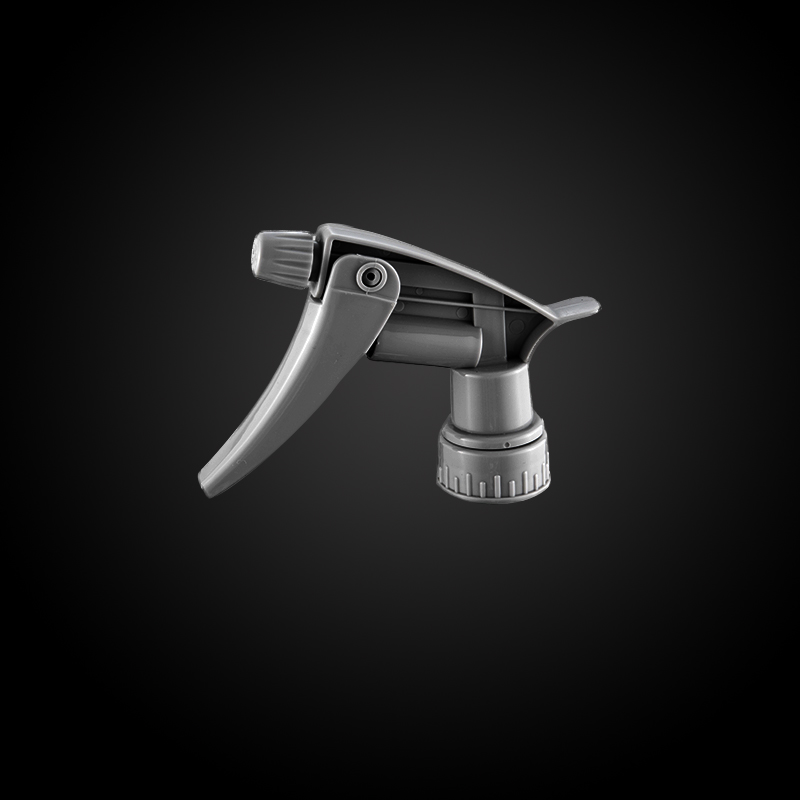1. Many disinfectants made for use with electrostatic s […]

1. Many disinfectants made for use with electrostatic sprayers and misters contain quats.
Note: Active ingredients listed for quat-containing products will look like (or similar to)
Alkyl (60% C14, 30% C16, 5% C12, 5% C18) dimethyl benzyl ammonium chlorides
Alkyl (68% C12, 32% C14) dimethyl ethylbenzyl ammonium chlorides
We are concerned about exposure to quats because they can irritate your lungs leading to breathing problems and are linked to reproductive harm. It is unclear what additional health concerns are created by misting or spraying these chemicals (which are, in fact, anti-microbial pesticides) roomwide.
2. To disinfect effectively, all surfaces must be pre-cleaned of dirt first.
Pathogens like viruses can survive well in dirt, soil and goo found on surfaces that are frequently touched. And when well-hidden in that goo, these bacteria and viruses can easily survive an application of disinfectant. The marketing of electrostatic sprayers commonly emphasizes the ease and timesaving nature of these devices – but neglects to mention that they won’t actually disinfect if you haven’t taken the time and effort to manually clean all the surfaces first. And the additional health benefit of disinfecting after you have already thoroughly cleaned a surface has not been thoroughly examined and is a matter of debate.
3. We don’t know how long disinfectant particles emitted from electrostatic sprayers stay in the air after spraying.
While there are very clear recommendations for users to avoid inhaling any spray from electrostatic sprayers, there are no published studies documenting how long particles will stay in the air after spraying.[1] Many companies claim that a room that has been sprayed can be entered safely by others immediately after spraying, but without the data, we really don’t know how safe or harmful that exposure is to our health.
4. Neither the U.S. Centers for Disease Control (CDC) nor the World Health Organization (WHO) support the use of electrostatic sprayers for disinfection.
The CDC’s Guidelines for healthcare facilities specifically state “Do not perform disinfectant fogging in patient-care areas.” These guidelines are based on an absence of evidence that this type of disinfection is effective, and out of concern for potential adverse health effects on healthcare workers.[2] If the CDC doesn’t find these disinfecting sprayers appropriate for healthcare facilities, it seems they would be even less useful for other public spaces, where the infection risks are considerably lower. The WHO has published guidelines for cleaning and disinfecting during COVID which specifically states “In indoor spaces, routine application of disinfectants to environmental surfaces by spraying or fogging (also known as fumigation or misting) is not recommended for COVID-19.”[3] Again the concerns are due to lack of evidence that it is effective and the adverse effects of the exposure to the disinfectant spray.
5. The U.S Environmental Protection Agency (EPA) has not approved any products claiming to be effective against COVID for days to months.
While there are a handful of products approved to kill bacteria over a longer time period, there are no products registered to be effective for viruses (like coronavirus) to the same extent. The EPA is conducting some research to find out if this is possible, but no final conclusions have been published, or products approved.[4] In any case, many products making these long term claims currently often include a small-print caveat that states that the disinfection benefits would only last when surfaces are not touched or disturbed after application. (Basically, the products are useless for your frequently-touched high risk surfaces – and relatively pointless for surfaces that no one is coming into contact with anyway.)
6. There are no long-term studies available that have confirmed that the use of electrostatic sprayers to disinfect spaces have effectively reduced illness.
Manufacturers can measure decreases in the amount of bacteria and viruses found on surfaces immediately after spraying – but the proof of efficacy is really whether or not people using those sprayed spaces are getting less sick as a result. For example, numerous schools have implemented electrostatic spraying protocols as a result of terrible flu outbreaks in recent years, but there are no follow-up studies documenting consistently reduced flu absenteeism in subsequent years of use.
Foggers, misters and electrostatic sprayers, despite the many promises they make, are not the solutions we need to protect health and reduce illness — rather they seem to do little more than increase exposure to harmful chemicals. This is especially concerning when considering the growing use of these foggers and misters in public spaces like schools, childcare facilities, offices, churches and apartment buildings